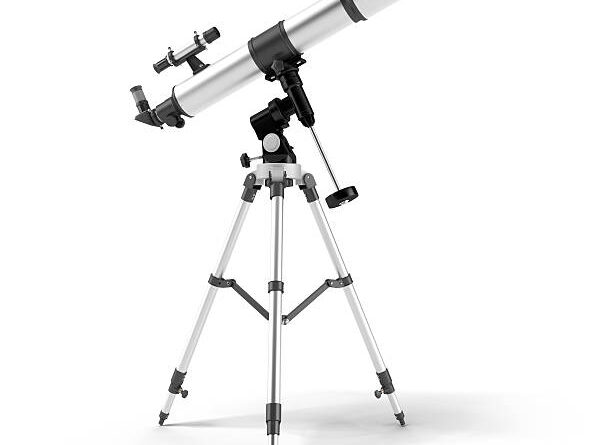Your 7 Point Guide To Buying A Telescope
Giving stargazers a fantastic way to see objects in the night sky from a much closer perspective, telescopes such as the Celestron Ultima Refractor 100 Spotting Angles Scope are a great investment, but an investment nonetheless. With this in mind, it’s important to make sure that you have all the facts at your disposal before you purchase your first telescope.
Make telescope buying easy, with this 7 point guide:
- It’s not all about power
Despite what you may think, the greatness of a telescope isn’t necessarily defined by how powerful it is. Should you choose to opt for a telescope with higher magnification to make objects look bigger, you may actually experience an image that’s fainter through the eyepiece, due to the fact that when the scope gathers light, it’s spread over a much bigger area.
In some instances, a telescope with a lower degree of magnification will actually give you a better quality view, especially if you’re observing a number of objects, such as nebulae or clusters, that are dispersed throughout the sky.
- Do you need a high power eyepiece?
Some telescopes, such as the Celestron Ultima Refractor 80 Spotting Scope, come with more than one eyepiece, and they are measured in millimetres. A number that’s smaller, indicates that it has a higher degree of magnification. For beginners, an eyepiece of 2.5 millimetres is recommended.
Just as with the power of magnification, buying an eyepiece with a higher power, doesn’t automatically give you an enhanced viewing experience, and if you’re viewing a nebula, for example, it may only enable you to see a small part of it.
Additionally, the higher the magnification, the harder you may find it to keep the object you’re trying to look at, in view. For a steady viewing experience, a mount that’s motorized might come in useful.
- Refractor telescopes and reflector telescopes
Refractor telescopes have two lenses, the bigger of which is at one end and referred to as the ‘objective,’ while the eyepiece or ‘ocular’ is situated at the other end, and is looked through by the observer.
Reflector telescopes, on the other hand, gather their light from the bottom of the telescope, by means of a mirror that’s referred to as the ‘primary.’
- The size of the aperture
When talking about refractor telescopes, the aperture refers to the diameter of the objective lens, and with a reflector telescope, it refers to the objective mirror. What size the aperture is, holds the key to the telescopes true power, and the size of the aperture is proportional to the telescope’s capacity to gather light. For a clearer image, a telescope such as a Celestron Landscout 20-60x80mm Spotting Scope with Smartphone Adaptor, should be able to gather as much light as possible.
- The focal ratio
This is calculated when the focal length is divided by the size of the aperture, with focal length measured by taking a reading from the point of the main lens or a refractor telescope, and mirror of a reflector telescope, up to the point where light converges into focus.
- The mount
This holds the telescope steady to give you a better viewing experience, and is equally as essential a bit of kit as the telescope’s tube and its optics. With two types of mounts available: the altazimuth and the equatorial, the former enables the telescope to go up and down as well as back and forth, while the latter is designed to help you follow something that’s moving across the sky.
- Getting what you paid for
As with most products, superiority comes with a higher price tag, but if you’re a beginner, then there are plenty of affordable telescopes out there that will give you a great viewing experience.
Armed with the above information, you should be able to make a more informed decision as to what type and size of telescope to purchase. Happy stargazing!

